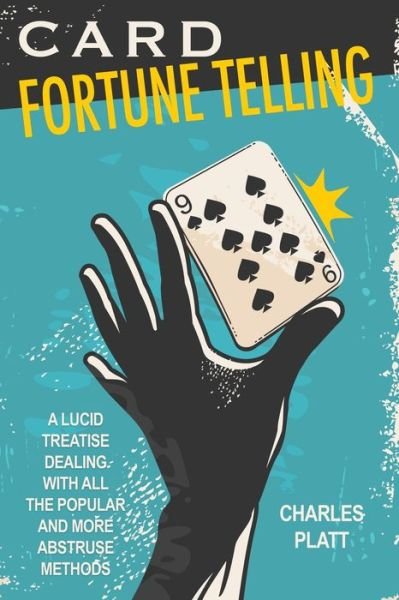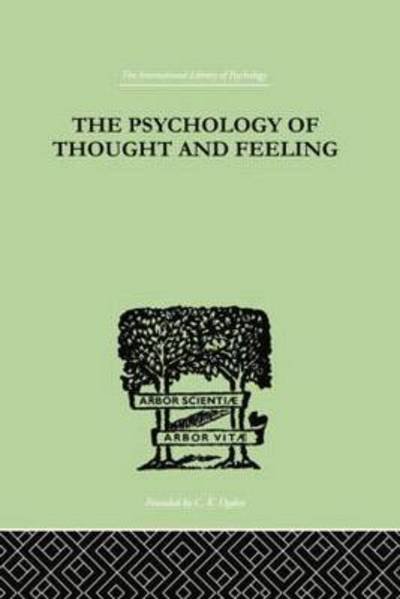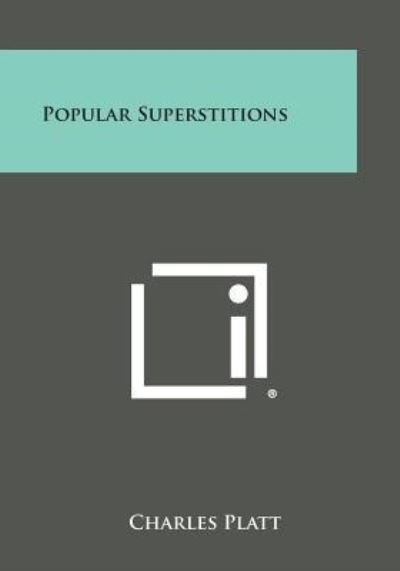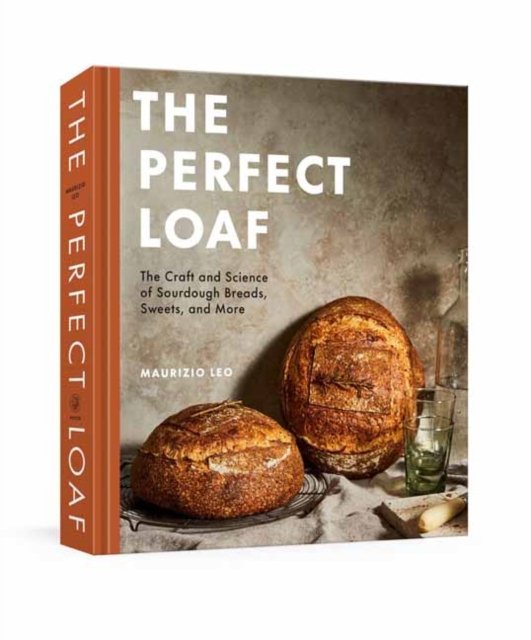
Powiedz znajomym o tym przedmiocie:
Card Fortune Telling, a Lucid Treatise Dealing with All the Popular and More Abstruse Methods
Charles Platt
Card Fortune Telling, a Lucid Treatise Dealing with All the Popular and More Abstruse Methods
Charles Platt
IT is a very popular belief that cards were invented in order to amuse King Charles V1 of France, at a time when that monarch was mentally unstable. This legend, however, like so many pretty stories of the past, has no foundation in fact, as cards were known long before the mad monarchs days. It is true that a court miniature painter, named Gringonneur, did paint or originate some cards which he introduced to the Icing, but cards were first used in the East in very ancient days, and it is a curious fact that the other great world-popular indoor game, Chess, also originated in the East, and is still played to-day by means of a pack of cards. It also seems obvious that cards reached the West in the same way and by the same route as Chess, probably through the gipsies, that strange, unconquerable Eastern race of wanderers, whose actual origin still baffles our researches. Naturally a race of people with no settled home or nationality would find much difficulty in moving their personal belongings from place to place, and would appreciate any amusement that could be reduced to the form of a pack of cards. Chess was the great Eastern game, and is in many ways characteristic of a people to whom Time was of no importance. Cards may have been a game originally, but as known by the gipsies they were only used for the purposes of Divination, or Fortune Telling, and right up to the present day they still form the most popular and widespread means of testing the fortune. Known as Tarocchi, or Tarots, the Divination cards numbered seventy-eight, and were without numbers--or pips, as we call them-which were introduced in Europe for the sake of simplicity, in the fourteenth century. Such packs are still in use in parts of the Continent, but the Western pack has gradually taken its place, both for the purpose of Divination and for playing games-in fact, it is usual to speak of a pack of Playing cards, a distinction that is hardly necessary nowadays, as it is not easy to obtain a pack of Tarot cards, unless one knows where to go for them. The fact, however, that we still use this distinctive name, shows that at one time the two kinds were in use side by side. If we compare a complete Tarot pack of cards with the modern Playing cards we shall find many interesting points of resemblance, and at the same time discover the reason for the changes made in the Western World. There are twenty-one Tarot cards that are used solely for purposes of Divination, and the designs of these cards vary greatly and have probably never had any real significance. In addition to these, there is always a card known as the Fool-and as far as we know the card has always remained the same. For purposes of Divination it has no separate indication, but serves to intensify the meaning of the card nest to it. Thus it becomes a very powerful and dominant card when one is foretelling the Future, as the indication supported by the Fool is certain to be active, and therefore must influence, or even suppress, all other indications...
| Media | Książki Paperback Book (Książka z miękką okładką i klejonym grzbietem) |
| Wydane | 27 października 2008 |
| ISBN13 | 9781443771023 |
| Wydawcy | Wilson Press |
| Strony | 156 |
| Wymiary | 140 × 216 × 9 mm · 204 g |
| Język | English |
Więcej od Charles Platt
Inni również kupili
Zobacz wszystko od Charles Platt ( np. Paperback Book , Hardcover Book i Book )

 Świąteczne prezenty można zwracać do 31 stycznia
Świąteczne prezenty można zwracać do 31 stycznia







![Cover for Charles Platt · Make: Electronics, 3e: Learning by Discovery: A hands-on primer for the new electronics enthusiast (Paperback Book) [3 New edition] (2021)](https://imusic.b-cdn.net/images/item/original/875/9781680456875.jpg?charles-platt-2021-make-electronics-3e-learning-by-discovery-a-hands-on-primer-for-the-new-electronics-enthusiast-paperback-book&class=scaled&v=1615222494)













![Cover for Jerry Whitaker · The TAB Guide to Vacuum Tube Audio: Understanding and Building Tube Amps - TAB Electronics (Paperback Book) [Ed edition] (2011)](https://imusic.b-cdn.net/images/item/original/210/9780071753210.jpg?jerry-whitaker-2011-the-tab-guide-to-vacuum-tube-audio-understanding-and-building-tube-amps-tab-electronics-paperback-book&class=scaled&v=1647908282)
![Cover for Jonas Jonasson · Serien om Allan Karlsson: Den hundredårige der kravlede ud ad vinduet og forsvandt (Paperback Book) [4. wydanie] [Paperback] (2013)](https://imusic.b-cdn.net/images/item/original/466/9788770538466.jpg?jonas-jonasson-2013-serien-om-allan-karlsson-den-hundredaarige-der-kravlede-ud-ad-vinduet-og-forsvandt-paperback-book&class=scaled&v=1447688118)



![Cover for Alex Bellos · Can You Solve My Problems?: A casebook of ingenious, perplexing and totally satisfying puzzles (Paperback Book) [Main edition] (2017)](https://imusic.b-cdn.net/images/item/original/152/9781783351152.jpg?alex-bellos-2017-can-you-solve-my-problems-a-casebook-of-ingenious-perplexing-and-totally-satisfying-puzzles-paperback-book&class=scaled&v=1500339186)
![Cover for Andrea Camilleri · En Montalbano-krimi: Edderkoppens tålmodighed (Sewn Spine Book) [1. wydanie] (2014)](https://imusic.b-cdn.net/images/item/original/074/9788793185074.jpg?andrea-camilleri-2014-en-montalbano-krimi-edderkoppens-taalmodighed-sewn-spine-book&class=scaled&v=1418340614)
![Cover for Kasper Hedegård Schiølin · Tænkepauser 42: Teknologi (Sewn Spine Book) [1. wydanie] (2016)](https://imusic.b-cdn.net/images/item/original/910/9788771249910.jpg?kasper-hedegaard-schioelin-2016-taenkepauser-42-teknologi-sewn-spine-book&class=scaled&v=1463047129)
![Cover for Lise Ringhof & Erik Valeur · Familien Brinch: Det er de danske som flygter (Bound Book) [1. wydanie] (2020)](https://imusic.b-cdn.net/images/item/original/486/9788743400486.jpg?lise-ringhof-erik-valeur-2020-familien-brinch-det-er-de-danske-som-flygter-bound-book&class=scaled&v=1591641644)


![Cover for Disney · Carl Barks & Don Rosa Bind II (Hardcover Book) [1. wydanie] (2020)](https://imusic.b-cdn.net/images/item/original/218/9788793840218.jpg?disney-2020-carl-barks-don-rosa-bind-ii-hardcover-book&class=scaled&v=1596799987)